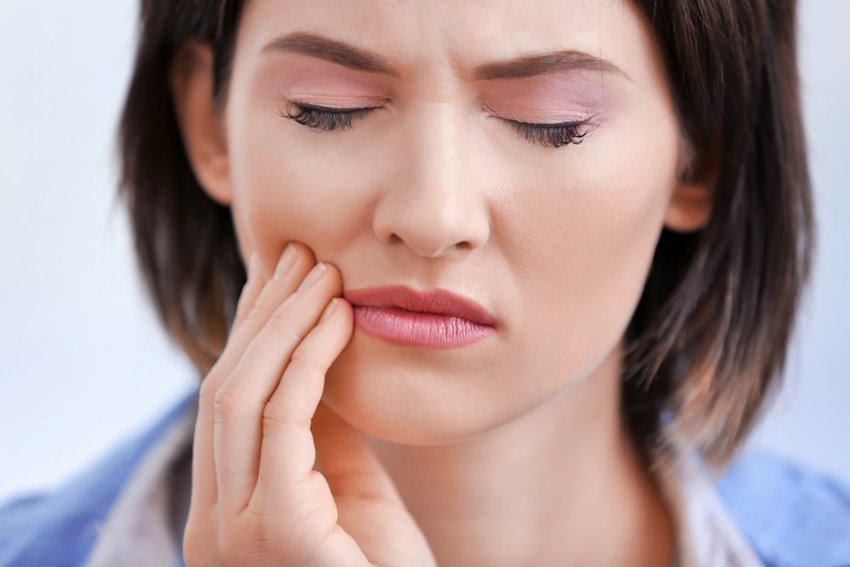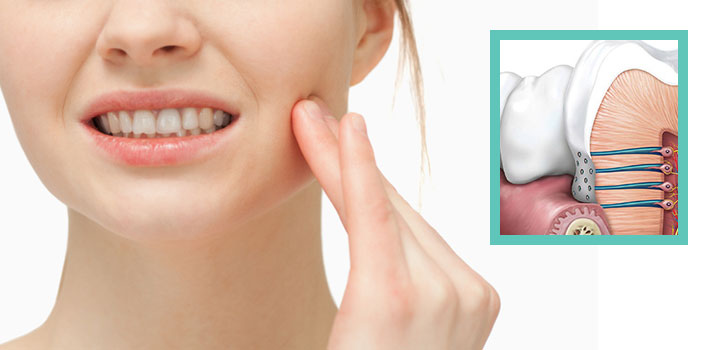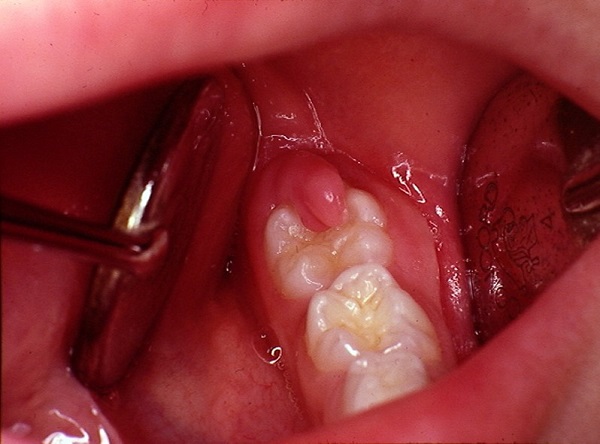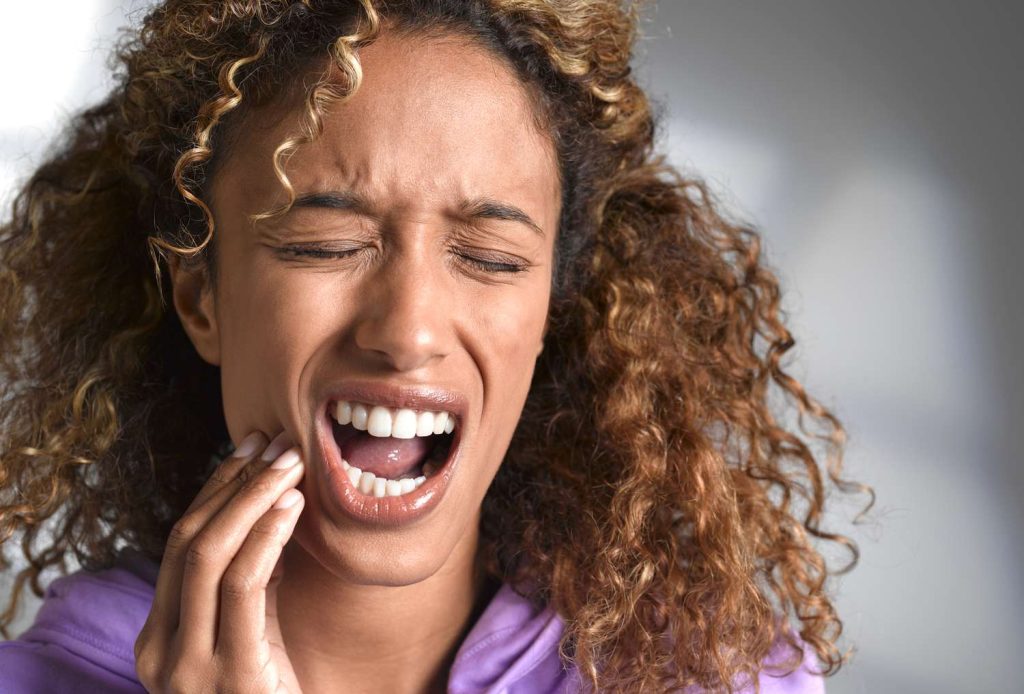tooth pain under crown comes and goes
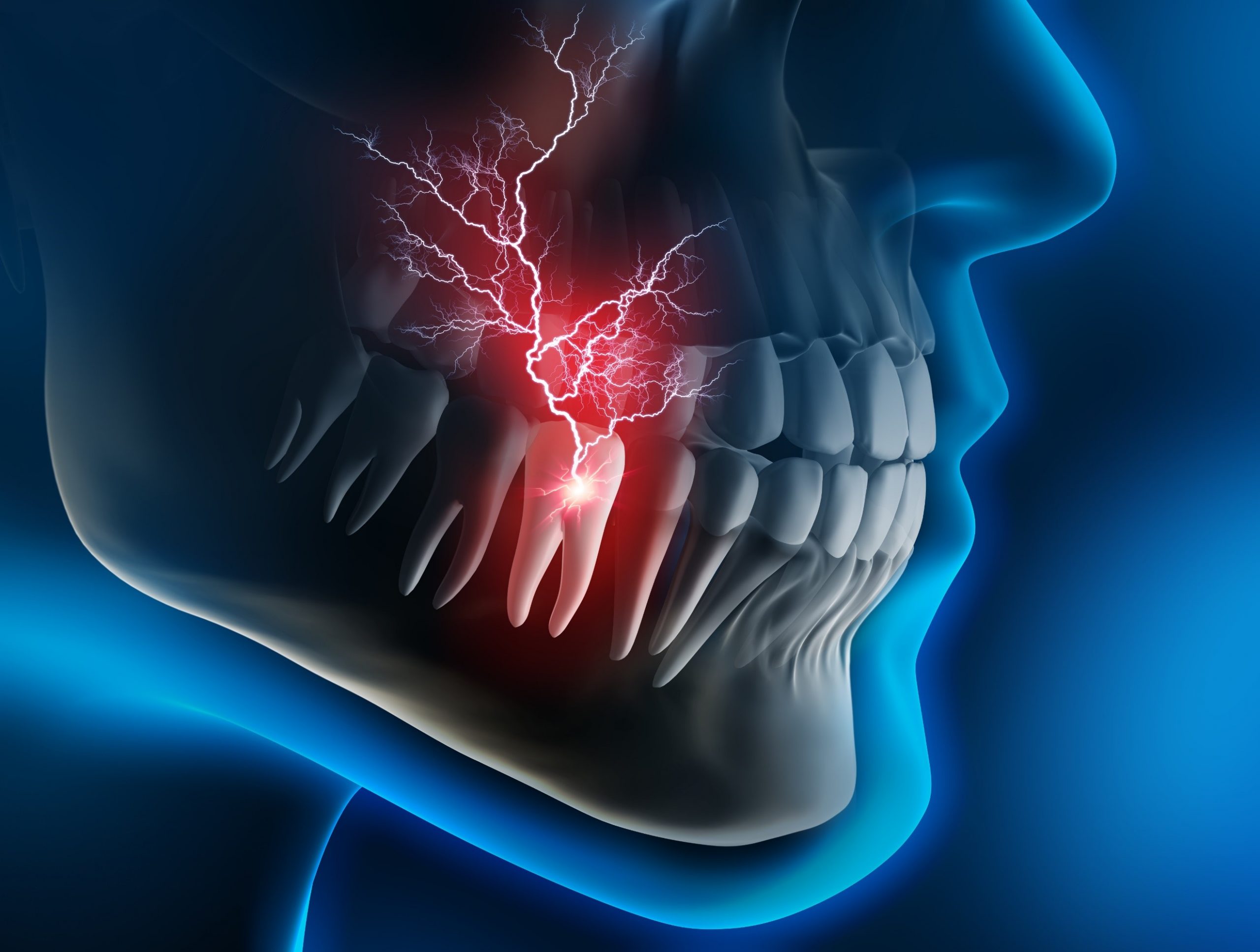
Tooth Pain Under Crown Comes and Goes
Experiencing tooth pain under a crown that comes and goes can be a perplexing and frustrating issue. Dental crowns are designed to protect and restore damaged teeth, but sometimes, problems can arise that lead to intermittent discomfort or pain. Understanding the potential causes of this pain, the ways to address it, and the preventive measures you can take is essential for maintaining your oral health and ensuring the longevity of your dental crown. This comprehensive guide will delve into the various aspects of tooth pain under a crown that comes and goes, including its causes, treatment options, and preventive strategies.
Understanding Dental Crowns
Dental crowns are caps that cover a tooth to restore its shape, size, strength, and appearance. They are typically made from materials such as metal, porcelain-fused-to-metal, all-ceramic, or all-resin. Crowns are used to:
- Protect Weak Teeth: Crowns can protect teeth that are weakened by decay or fracture.
- Restore Broken Teeth: They can restore teeth that are already broken or severely worn down.
- Cover and Support Teeth with Large Fillings: When there isn’t much tooth left, crowns can support and protect what remains.
- Hold Dental Bridges in Place: Crowns can be used to anchor dental bridges.
- Cover Dental Implants: They can cap implants for a natural appearance.
- Enhance Cosmetic Appearance: Crowns can improve the appearance of discolored or misshapen teeth.
Causes of Tooth Pain Under a Crown
Tooth pain under a crown that comes and goes can be caused by various factors. Identifying the underlying cause is crucial for effective treatment. Here are some common reasons for this type of pain:
- Tooth Decay: Even with a crown, the underlying tooth can still develop decay. If decay occurs under the crown, it can lead to intermittent pain. This decay can occur at the margins of the crown where it meets the natural tooth.
- Loose Crown: A crown that is not properly cemented or has become loose over time can cause pain. This can happen if the cement wears away or if the crown was not fitted correctly in the first place.
- Infection or Abscess: An infection in the tooth or surrounding gum tissue can cause intermittent pain. This is often accompanied by swelling, redness, and sometimes pus drainage.
- Gum Recession: If the gums recede around the crowned tooth, it can expose the root, leading to sensitivity and pain, especially with temperature changes or pressure.
- Bite Issues: If the crown is not aligned properly with the other teeth, it can cause bite issues, leading to intermittent pain. This can happen if the crown is too high or if there is an imbalance in the way the teeth meet.
- Cracked Tooth: The tooth under the crown might have a crack that was not detected before the crown was placed. This crack can cause intermittent pain when biting or chewing.
- Nerve Issues: Sometimes, the nerve inside the tooth can become inflamed or damaged, causing intermittent pain. This can occur if the tooth was not adequately treated before the crown was placed.
Diagnosing the Cause of Pain
To determine the cause of tooth pain under a crown, a visit to the dentist is essential. The dentist will perform a thorough examination, which may include:
- Clinical Examination: The dentist will visually inspect the crown and surrounding gum tissue for signs of decay, infection, or gum recession.
- X-rays: X-rays can help identify issues not visible to the naked eye, such as decay under the crown, infections, or cracks in the tooth.
- Percussion Test: The dentist may tap on the crowned tooth and adjacent teeth to assess pain levels and identify the problematic tooth.
- Bite Test: The dentist may ask the patient to bite down on a cotton roll or other material to evaluate pain during biting and identify any bite issues.
- Thermal Test: A thermal test involves applying cold or hot stimuli to the tooth to assess sensitivity and identify potential nerve issues.
Treatment Options for Tooth Pain Under a Crown
The treatment for tooth pain under a crown that comes and goes depends on the underlying cause. Here are some common treatment options:
- Decay Removal and Crown Replacement: If decay is found under the crown, the dentist will remove the crown, clean out the decay, and place a new crown.
- Crown Recementation: If the crown is loose, the dentist will remove it, clean the underlying tooth and crown, and recement it properly.
- Root Canal Therapy: If an infection or nerve damage is causing the pain, a root canal may be necessary. The dentist will remove the infected or damaged tissue, clean the root canal, and place a new crown if needed.
- Gum Treatment: If gum recession is causing pain, the dentist may recommend treatments to address the recession and protect the exposed root, such as gum grafting or the use of desensitizing agents.
- Bite Adjustment: If bite issues are causing the pain, the dentist may need to adjust the crown or other teeth to ensure proper alignment and balance.
- Cracked Tooth Repair: If a crack is found in the tooth, the treatment will depend on the severity of the crack. Minor cracks may be treated with bonding or a new crown, while more severe cracks may require extraction and replacement with a dental implant or bridge.
Preventing Tooth Pain Under a Crown
Preventing tooth pain under a crown involves maintaining good oral hygiene and regular dental visits. Here are some tips to help prevent issues:
- Good Oral Hygiene: Brush and floss regularly to keep the crowned tooth and surrounding gums healthy. Pay special attention to the margins of the crown where it meets the natural tooth.
- Regular Dental Check-Ups: Schedule regular check-ups with your dentist to monitor the condition of the crown and the underlying tooth. Early detection of issues can prevent more severe problems.
- Avoid Hard Foods: Avoid chewing on hard foods or objects that can damage the crown or the underlying tooth. Be mindful of hard candies, nuts, and ice.
- Wear a Mouthguard: If you grind your teeth at night, wear a custom-made mouthguard to protect the crown and other teeth from damage. Bruxism can cause significant wear and tear on dental restorations.
- Address Dental Issues Promptly: If you experience any pain or discomfort, don’t ignore it. Seek prompt dental care to address the issue before it becomes more severe.
Advances in Dental Crown Technology
Advances in dental technology have improved the quality and longevity of dental crowns, reducing the risk of complications such as tooth pain under a crown. Some of these advancements include:
- CAD/CAM Technology: Computer-aided design and manufacturing (CAD/CAM) technology allows for the precise design and fabrication of crowns. This ensures a better fit and reduces the time needed for placement. Some practices offer same-day crowns, eliminating the need for temporary crowns and multiple visits.
- E-max and Zirconia Crowns: These modern materials offer excellent aesthetics and durability. E-max crowns are made from lithium disilicate, while zirconia crowns are made from a type of ceramic that is incredibly strong. Both materials provide a natural appearance and are highly resistant to chipping and cracking.
- Digital Impressions: Digital impressions eliminate the need for traditional molds, providing a more comfortable experience for patients and ensuring greater accuracy. This technology uses optical scanners to create a 3D model of the prepared tooth, leading to better-fitting crowns.
Living with a Dental Crown
Living with a dental crown should not involve discomfort or pain. If you experience tooth pain under a crown that comes and goes, it’s important to seek dental care promptly. Here are some general tips for living comfortably with a dental crown:
- Monitor Your Bite: Pay attention to how your teeth come together when you bite and chew. If you notice any discomfort or misalignment, contact your dentist for an evaluation.
- Maintain Good Oral Hygiene: Brush twice a day and floss daily to keep your crowned tooth and surrounding teeth healthy. Use an antimicrobial mouthwash if recommended by your dentist.
- Avoid Habits That Can Damage Crowns: Avoid chewing on ice, pens, or other hard objects that can damage your crown. If you play sports, wear a mouthguard to protect your teeth and crowns.
- Stay Hydrated: Drink plenty of water to keep your mouth moist and reduce the risk of decay and gum disease.
- Follow Your Dentist’s Advice: Follow any specific care instructions provided by your dentist to ensure the longevity of your crown.
Conclusion
Experiencing tooth pain under a crown that comes and goes can be a sign of various underlying issues, including tooth decay, loose crowns, infections, gum recession, bite problems, cracked teeth, or nerve issues. Identifying the cause of the pain through a thorough dental examination and appropriate diagnostic tests is crucial for effective treatment. Treatment options may include decay removal and crown replacement, crown recementation, root canal therapy, gum treatment, bite adjustment, or cracked tooth repair.
Preventing tooth pain under a crown involves maintaining good oral hygiene, regular dental check-ups, avoiding hard foods, wearing a mouthguard if necessary, and addressing dental issues promptly. Advances in dental technology, such as CAD/CAM technology, E-max and zirconia crowns, and digital impressions, have improved the quality and longevity of dental crowns, reducing the risk of complications.
Living with a dental crown should not involve discomfort or pain. By following good oral hygiene practices, monitoring your bite, avoiding habits that can damage crowns, staying hydrated, and following your dentist’s advice, you can ensure the longevity and comfort of your dental crown. If you experience any issues with your crown, seek prompt dental care to address the problem and maintain your oral health. Understanding the causes and treatments for tooth pain under a crown that comes and goes will help you achieve the best possible outcome for your dental restoration.






